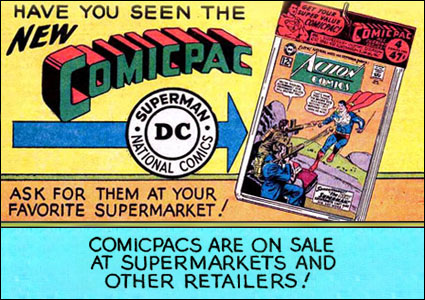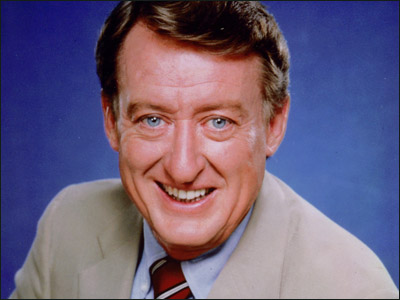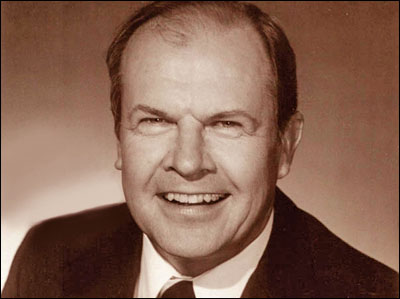
A childhood memory. During the early sixties, my family (Mother + Father + me) used to drive down to San Diego every summer to visit my Uncle Henry and Aunt Tillie, and to go to the zoo. Nowadays, I drive down to San Diego every summer to attend a big mother of a comic convention which is also kind of a zoo but that's another matter. Back then, we made those trips…and my Father drove at a leisurely pace, stopping off a half-dozen times along the way so it took all day. I was in the back seat with a pile of comic books I'd acquired but refrained from reading so I could enjoy them on the trip.
One year, we stopped off at a little lunch place in Long Beach and then went into a nearby drugstore to get a few items we needed. There, I saw a large, well-filled display of Comicpacs — a whole rack of plastic bags of DC Comics. In each, you got four comics which then sold individually for twelve cents each, and you got them for the amazing discounted price of forty-seven cents. Only it really wasn't a bargain because the store there charged sales tax, which they didn't do at newsstands where comics were sold without the plastic bags. There was also the obvious drawback that you could only see one of the four comics you were buying. What if the other three were books you didn't like? Or worse, books you already owned?
I had so many comics, the odds were I'd wind up with dupes but I still decided to gamble. I bought one package where the visible comic was one I didn't have — a recent issue of Superman I'd somehow missed. As luck would have it, two of the other three were comics I not only owned, they were in my pile to read on that trip.
That was why Comicpacs did not work for me. Insofar as I could tell, they didn't work for anyone. Several companies in the sixties tried selling comics in packs of three or four and every attempt was a failure.
I now understand why the companies tried it. Their regular comic offerings were on a returnable basis. Newsstands got them, in effect, on consignment. If they sold, the newsstand made a few pennies. If they didn't sell, the stand shipped them back and the publisher ate the cost of printing…but it was worse than that because if the comic got damaged or frayed on the rack, it could get shipped back and the publisher was out the cost of printing it. Or if the newsstand got cluttered and the dealers just decided to return books a few days after they went on sale — or not to even put them out at all — the publisher was out. At one point, DC considered an acceptable sale of a comic to be a 50% sale, meaning that they'd print 400,000 and sell 200,000. Not an efficient way to do business.
That whole system pretty much crashed and burned during the seventies. Some comics are still distributed that way but not many. Most go through an alternate system of non-returnable distribution that replaced it and saved the industry…but that came later. The bagged comics were the sixties' attempt to sell comics on a non-returnable basis. A store got a shipment and the bags stayed on the racks until they sold, whether it was one month or six or longer. Often it was longer.
It never worked for most publishers, though Western Publishing (aka Gold Key Comics) had better luck than most because Western was a giant in selling activity books, puzzle books, jigsaw puzzles and books for kids. That gave them momentum with many kinds of stores and national chains, and they were able to sell their bagged comics at the same time. The problem was, as I learned in the seventies when I worked for Western, that they were sometimes too successful selling the books…which meant that they were not successful enough. That sentence obviously needs a heap of explaining so let me try to do so by example…
You have a store and I'm a salesguy for Western Publishing. I do a great job of convincing you to buy bagged comics from me to sell in your shop. Let's say we consummate this deal in January. In March, we deliver to you a crate of 300 units, each unit being a plastic bag containing the March issues of Bugs Bunny, Porky Pig and Daffy Duck, with the Bugs Bunny in the front and therefore visible to consumers. I've made a tidy profit but I've also trapped myself out from selling you more. It may take you six months or a year to sell enough of those 300 bags so that you'll want to order additional bags containing other books. All that time, kids who might buy those other packs are looking at your display and saying, "Oh, I have that issue of Bugs Bunny." And they don't buy.
And if by some chance, I do get you to order more bagged comics before you're out of the previous shipment, we find that the two selections work against each other. You get in a crate of units that contain the July issues of Woody Woodpecker, Scooby Doo, Pink Panther and Yosemite Sam with the Yosemite Sam in the front and you put them on display alongside all the bags you still have from the earlier shipment. What we then find (what Western found) is that consumers would look at the two bags and worry that they contained the same comics in a different order. And when they thought that way, research found, they tended to view the whole product with suspicion and not buy anything.
In the seventies, Western's newsstand distribution was dying. They were selling so poorly in some states that they simply pulled their wares off the racks in those regions because they were getting so many returns. (So were DC and Marvel but unlike Western, DC and Marvel received revenues when their characters were merchandised. They owned Superman and Spider-Man, whereas Western did not own most of the characters in their comics. So there was no point in putting out books that were, in essence, loss leaders for licensing.) Western tried hard to make the plastic bags work. They built special displays and they tried putting stickers on the bags that told you what was inside. They even had their salespeople talk stores out of ordering too many of one bag and they experimented with limited returnability. Still, the distribution method never succeeded and when they finally gave up on it, they gave up publishing comic books at all.
I could have told them it wouldn't work. I could have told them that back when I was ten and going to San Diego with my parents. I didn't want to buy my comics in plastic bags and as it turned out, neither did almost anyone else. We want to buy our comics on an individual basis. And then we take them home and put them into plastic bags. That's how it's done.




